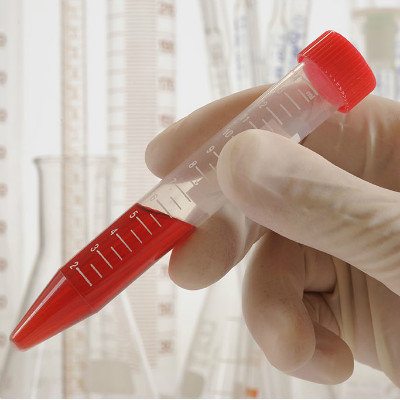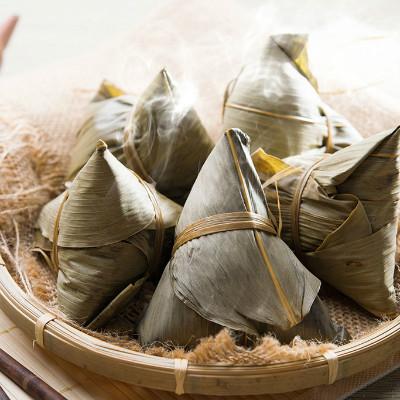What are the symptoms of schistosomiasis?
summary
Bloodsucking worm disease is a kind of class C infectious disease, which is usually caused by contact with unknown water in the field, resulting in the infection of schistosome larvae and cercariae into the human body. Schistosoma is a parasite of human and livestock. The main source of infection is human and cattle. In addition, sheep, pigs, dogs, horses and mice are also the source of infection. Diarrhea, abdominal pain, mucus and bloody stool are the common symptoms of chronic schistosomiasis. In addition, there will be emaciation, fatigue and so on. What are the early symptoms of schistosomiasis? Let's have a look.
What are the symptoms of schistosomiasis?
According to the specific clinical symptoms of patients, they can be divided into megaspleen type, ascites type, colon proliferation type and dwarf type. There will be different specific symptoms, we need to pay attention to do symptomatic treatment.

The main symptoms of acute schistosomiasis are fever and allergy. In severe cases, there will be persistent fever, body temperature will be maintained at about 40 degrees, and symptoms of toxemia such as mental retardation, drowsiness and delirium will be developed. In addition, most patients also have hepatosplenomegaly, and some have symptoms of ascites.

Different specific types of schistosomiasis will have different specific symptoms. For patients with chronic schistosomiasis, cercarial dermatitis will appear after 1-2 days of contact with infected water. If the infection is serious, diarrhea, abdominal pain, bloody mucus and other symptoms will appear.

matters needing attention
To sum up, there are many symptoms of schistosomiasis, prevention is very important, usually pay attention not to touch the water source of schistosomiasis, manage the water source, do not drink raw water, eliminate oncomelania, reduce the source of infection and so on
















